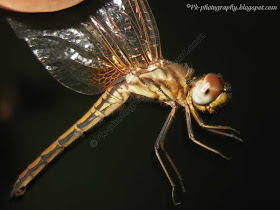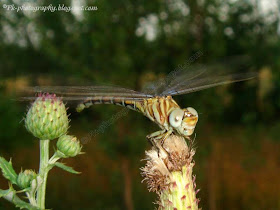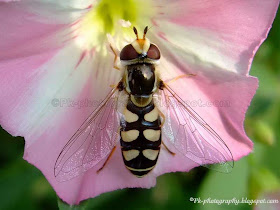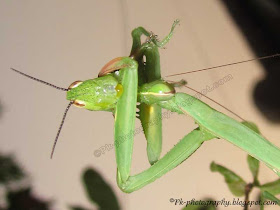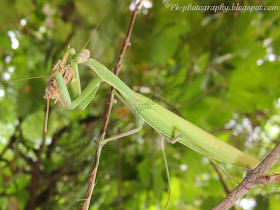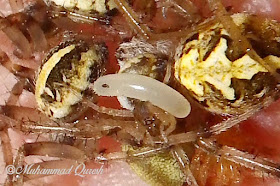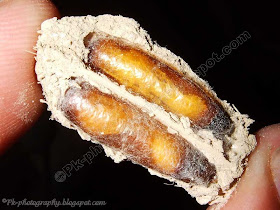Dragonflies are flying insects belonging to the order Odonata, the suborder Epiprocta, the infraorder Anisoptera . There are about 5680 known species of dragonflies in 11 families. They are characterized by large compound eyes, two pairs of strong transparent wings, 2 short antennae, chewing mouthparts, an elongated body and six legs. They are usually found around marshes, lakes, ponds, streams, and wetlands because of their aquatic nymphs. Dragonflies are very beautiful and ecologically important insects. They're important as both predators and prey. They eat mosquitoes and other small insects like flies and bees.
Their nymphs know as Naiads live in water and are predators of small invertebrates like mosquito larvae as well as smaller vertebrates like tadpoles and fish. Their naiads are important biological control agent of mosquito larvae. They serve as food for fish. Dragonflies are harmless to human beings, they neither sting nor bite.
Dragonflies Photos









